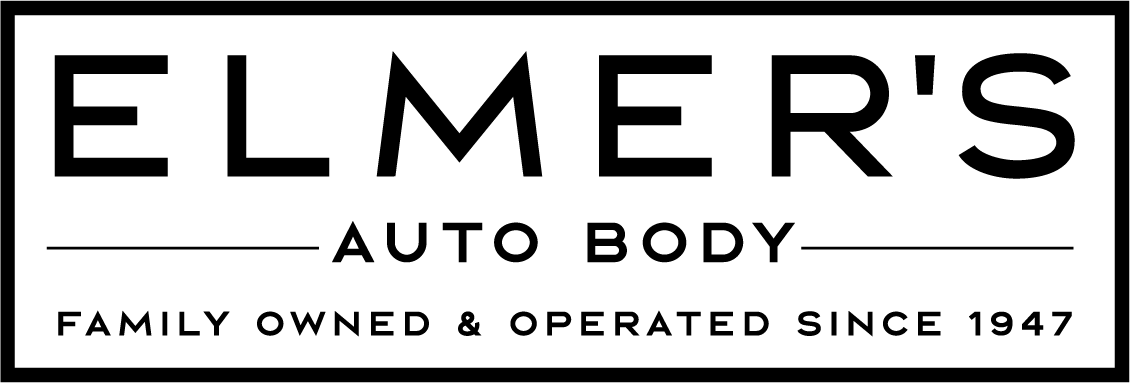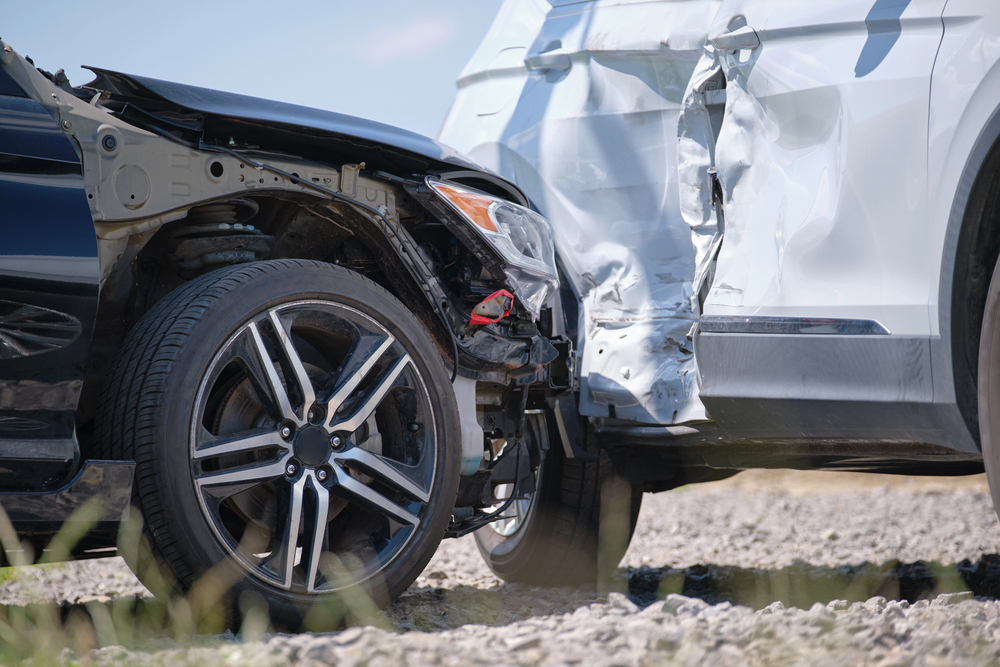Side-impact collisions, otherwise known as T-bone accidents, are unfortunate and can cause a lot of damage to the frame and safety systems of your vehicle. Unlike front or rear-end crashes, where impact forces are more evenly distributed, side-impact crashes focus energy on a smaller area, making structural damage more severe. Even if the damage seems minor or cosmetic, there is a chance more has happened beneath the surface. Understanding how a side-impact collision may affect your vehicle is key in getting the proper repairs.
Key Takeaways
- Side-impact collisions can cause significant structural damage by concentrating impact forces on a smaller area, potentially weakening the vehicle’s frame and safety systems.
- Frame damage from a side impact may include B-pillar and door frame damage, misalignment, crushed panels, and compromised crumple zones, all of which can reduce the vehicle’s ability to protect occupants in future accidents.
- Safety features such as airbags, seatbelts, and sensors can be affected, potentially leading to malfunctions that compromise passenger protection in subsequent crashes.
- Warning signs of structural damage include misaligned doors, steering or handling issues, unusual noises, and visible warping, all of which should be inspected by a professional.
Side-Impact Collisions and Your Vehicle’s Frame
Your car’s frame is designed to absorb and distribute impact forces during a collision. However, in a side-impact crash, the energy is concentrated on a smaller area, making structural damage more likely. Here’s how a side-impact collision can affect your frame:
B-Pillar and Door Frame Damage
The B-pillar (the vertical support between the front and rear doors) plays a critical role in structural integrity. A severe impact can crush or bend this component, weakening the vehicle’s overall stability. If the damage is extensive, the pillar may require reinforcement or full replacement to restore safety.
Frame Misalignment
Getting T-boned transfers force across the entire body of the vehicle. In other words, the entire frame may shift, causing misalignment that affects steering, handling, and suspension. Misalignment can lead to uneven tire wear, poor fuel efficiency, and difficulty maintaining control while driving.
Crushed Side Panels
Side panels, doors, and rocker panels may deform under pressure, reducing the car’s ability to protect occupants in future accidents. Severe deformation can also compromise the structural integrity of the vehicle, making it more vulnerable to future damage.
Weakened Crumple Zones
Many modern vehicles have crumple zones that are designed to absorb impact energy. If these zones are compromised, they may not function properly in subsequent collisions. This could lead to more severe injuries in future crashes, as the vehicle is less capable of managing crash energy effectively.
How Safety Features Are Affected by Side-Impact Collisions
A side-impact can damage the various safety features installed in modern day vehicles. Side-impact airbags, seatbelts, and sensors may all malfunction after a side-impact collision. For instance, if the side-impact airbags are deployed during the initial crash, they will need to be replaced. Even if the airbags don’t deploy, there is a high chance that the internal mechanisms suffered damage, rendering them unreliable.
Seatbelt retractors and tensioners may also suffer impairment. When that happens, the ability of the seatbelt to snap into place, securing you and other passengers, is dampened. This can increase injury during a collision or even during a sudden stop.
Another thing that can be damaged are sensors. Modern vehicles rely on sensors for airbags, lane assist, and stability control. A side-impact collision can damage these sensors, leading to system malfunctions. If not repaired, these issues can result in incorrect airbag deployment, inaccurate driver assistance responses, or failures in critical safety systems.
Signs Your Frame May Be Compromised
Have you been in a side-impact collision? Then you need to look out for these signs of structural damage:
- Doors Not Closing Properly: Misaligned doors that don’t shut completely suggest frame damage. This can also lead to water leaks and wind noise while driving.
- Steering and Handling Issues: A sudden change in steering response or pulling to one side can indicate misalignment. This can make driving dangerous, especially at higher speeds or in adverse weather conditions.
- Unusual Noises: Creaking or rattling sounds while driving may point to loose or damaged components. These noises may originate from weakened welds, loose fasteners, or compromised structural elements.
- Visible Warping or Gaps: Similar to doors not closely properly, uneven panel gaps or bending may suggest a structural weakness. Even minor distortions can indicate underlying damage that affects vehicle integrity and should be assessed by a professional repair shop.
Get Professional Frame Repair from a South Jersey Auto Body Repair Shop
If your vehicle has been involved in a side-impact collision, it’s essential to have it inspected by a trusted auto body repair shop. After all, there could be hidden damages left unseen. At Elmer’s Auto Body, we have the equipment and team members who can diagnose and repair the structural damage. Your car will be returned to its pre-accident condition—guaranteed. Contact one of our three South Jersey collision repair shops today or use our contact form to schedule an appointment. Let’s get your vehicle back on the road safely.

